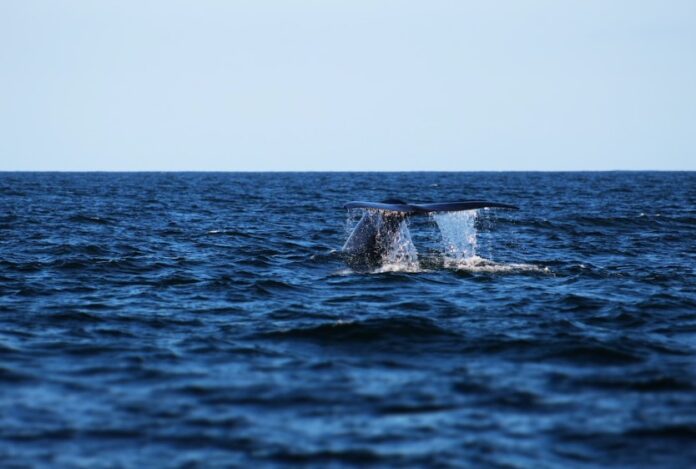Nearly 1.5 million whales can be found swimming in the vast oceans across our planet.
They’re amazingly beautiful creatures, and they come in many different kinds and species. While it’s fun to watch whales in zoos and in our seawater on TV and in movies, there are many whale facts that are even more interesting.
Are you interested in learning more fun facts about whales? Then keep reading.
1. Cetaceans Evolved From Terrestrial (Land) Mammals
Cetaceans are a diverse group of aquatic mammals that include whales, dolphins, and porpoises. They are descendants of terrestrial land mammals and share many common features with their terrestrial ancestors. For example, cetaceans have four limbs, each with five digits, and their skulls have a single occipital condyle.
They are unique among mammals in several ways.
They are the only mammals that live their entire lives in the water. They are also the only mammals that have evolved a true swimming motion, using their limbs to propel themselves through the water.
They are well-adapted to life in the water. They have a thick layer of fat, called blubber, which insulates them from the cold water and helps them to maintain their body heat. They also have lungs that are specially adapted to extract oxygen from the water.
They are fascinating creatures, and there is still much to learn about them. But one thing is for sure cetaceans are one of the most wonderful groups
2. Whales Are the Largest Animals to Have Ever Lived
The blue whale is the largest animal on the planet, weighing in at around 200 tons. They can grow to be as long as 100 feet and live for up to 80 years. Despite their size, they are gentle giants and are not aggressive toward humans.
Whale watching is a popular activity in many coastal areas. It’s a great way to learn more about these amazing creatures and to see them in their natural environment. You can visit here to know about whale watching.
Whales are very intelligent creatures and have been known to use tools. They are also very social animals, living in pods of up to 50 individuals.
3. Whales Communicate by Using Sound
When two blue whales meet, they often vocalize to one another. The purpose of this communication is to determine whether the other whale is a potential mate and to identify potential rivals.
Studies have shown that blue whales can produce a variety of sounds, including clicks, moans, and pulsed calls. These sounds are used for different purposes, such as long-distance communication, echolocation, and navigation.
4. Whales Help to Reduce Climate Change
Whales are a vital part of the ocean ecosystem and play an important role in reducing climate change. Whales help to reduce climate change by sequestering carbon in their bodies and by producing large amounts of whale poop.
Whale poop contains nitrogen and other nutrients that help to fertilize the ocean and promote the growth of phytoplankton. Phytoplankton is tiny ocean plants that absorb carbon dioxide and produce oxygen.
Whales also help to circulate nutrients and oxygen in the ocean by swimming and by stirring up the water with their tails.
Amazing Facts About Whales
There are many wonderful facts about whales. One such fact is that they are the largest animals on Earth.
Another is that they are intelligent and have complex social structures. Finally, they are amazing acrobats, often leaping out of the water and breaching the surface.
If you enjoyed this article, check out our blog for more entertaining and educational reads.










